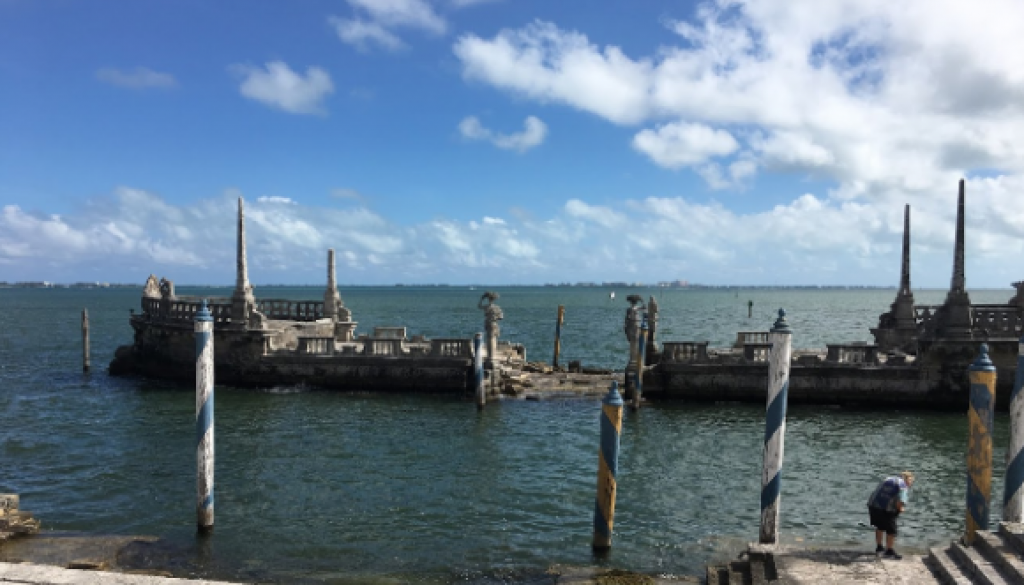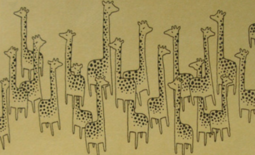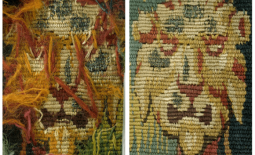Develop a Folly to Delight Your Customers
There is a term in architecture called a Folly which refers to a building that is primarily constructed to decorative, but through its appearance suggest some other purpose.
 For instance, there is a folly in Dunmore Scotland designed to be a botanical hot house whose purpose is to grow fruits, vegetables, and ornamental plants requiring a warmer climate than typically available that far north. The folly comes into play because it doesn’t look like a traditional greenhouse — it looks like a 46-foot high stone pineapple. (Pineapples seem to be a recurring theme lately, don’t they?)
For instance, there is a folly in Dunmore Scotland designed to be a botanical hot house whose purpose is to grow fruits, vegetables, and ornamental plants requiring a warmer climate than typically available that far north. The folly comes into play because it doesn’t look like a traditional greenhouse — it looks like a 46-foot high stone pineapple. (Pineapples seem to be a recurring theme lately, don’t they?)
 I learned of the term Folly during my last trip to Florida where my wife and I toured the Vizcaya Museum and Gardens. The entire Villa Vizcaya estate is an incredible work of art designed by Paul Chalfin, architect F. Burrall Hoffman, and landscape architect Diego Suarez for businessman James Deering whose family fortune came by way of the International Harvester company. It was built between 1914 and 1922 and it is amazing. You can find plenty of photos online, but photos don’t do it justice.
I learned of the term Folly during my last trip to Florida where my wife and I toured the Vizcaya Museum and Gardens. The entire Villa Vizcaya estate is an incredible work of art designed by Paul Chalfin, architect F. Burrall Hoffman, and landscape architect Diego Suarez for businessman James Deering whose family fortune came by way of the International Harvester company. It was built between 1914 and 1922 and it is amazing. You can find plenty of photos online, but photos don’t do it justice.
As you walk through 11 acres of beautifully landscaped formal gardens and visit the rooms within the Mediterranean Revival style mansion, you exit to the rear of the villa which faces the ocean and see what appears to be a ship of some sort, just a few yards off the shore.
You get closer to the structure and begin to think it is a shipwreck, but then you notice the entire “ship” is made of stone.
That’s when our tour guide explained that the ship known as The Stone Barge was built as a “folly” — something to surprise and delight the guests and visitors of James Deering. The host would use Italian gondola boats to transport guests from the shore of the house to the stone barge to enjoy cocktails and music on the water.
The Folly concept immediately struck me as something familiar and necessary.
Businesses and business people, artists, authors and salespeople all need a folly to unexpectedly surprise and delight their clients.
 The giant light bulb I use in my promotional materials, my yellow sticky notes — all of these are folly examples designed to surprise and delight the people I meet and hope to work with.
The giant light bulb I use in my promotional materials, my yellow sticky notes — all of these are folly examples designed to surprise and delight the people I meet and hope to work with.
Does your business have a folly?
Does your personal brand have a folly?
Remember the words of Nikos Kazantzakis (author of Zorba The Greek and The Last Temptation of Christ):
“Every man has his folly, but the greatest folly of all …is not to have one.”



